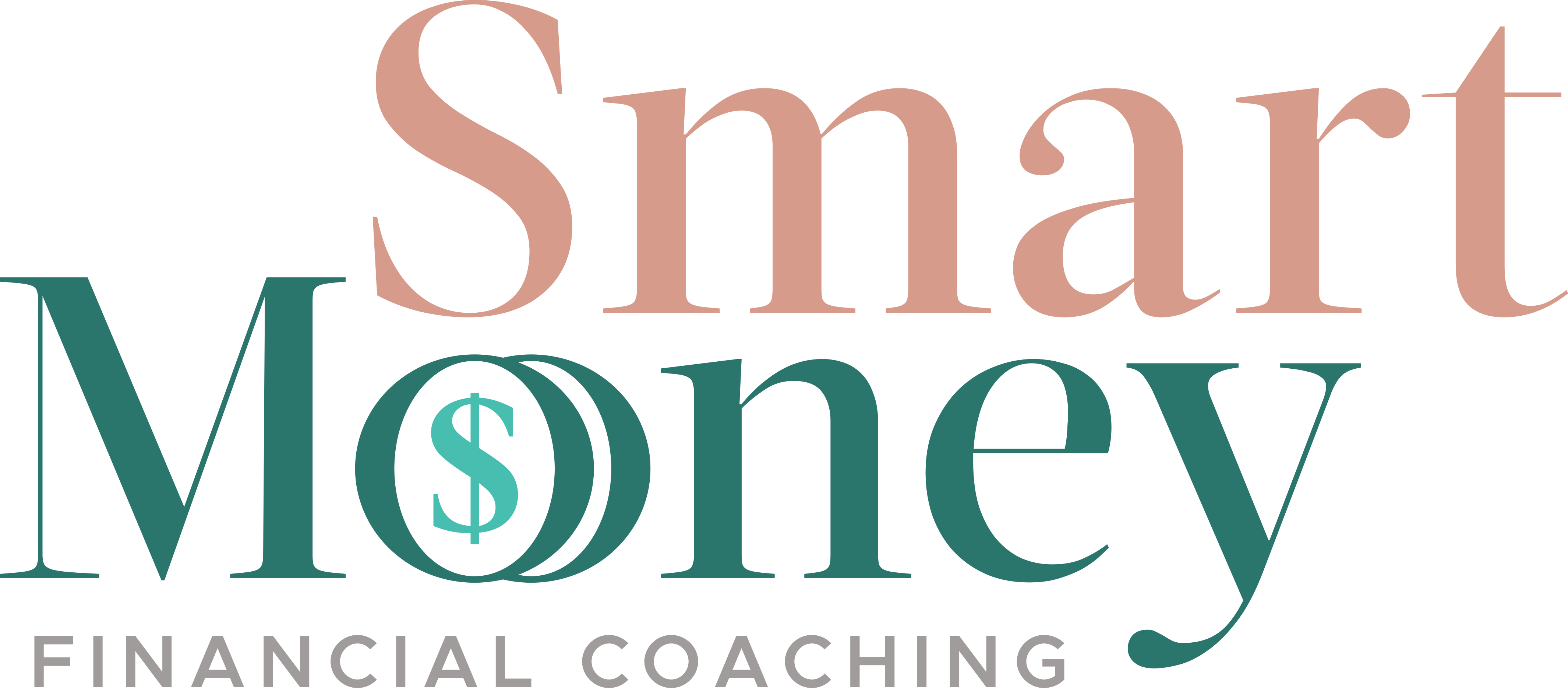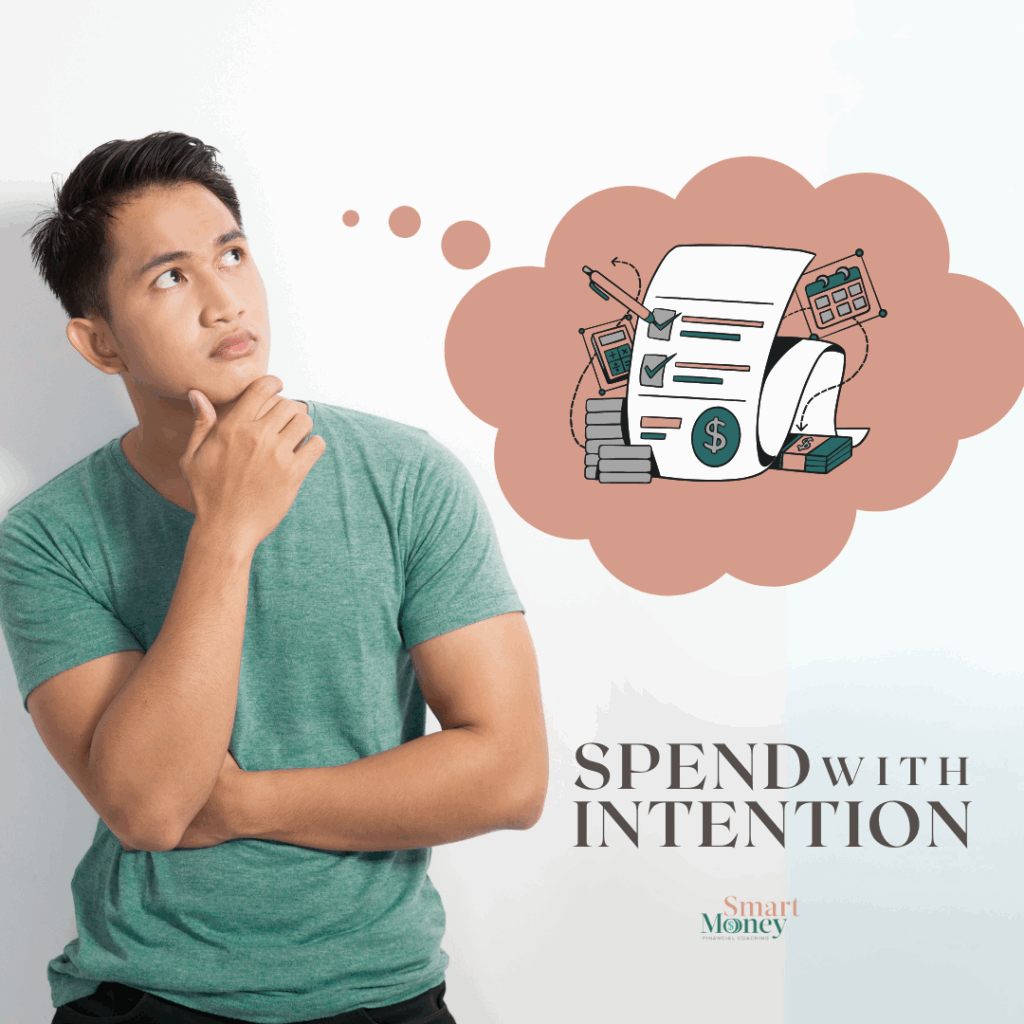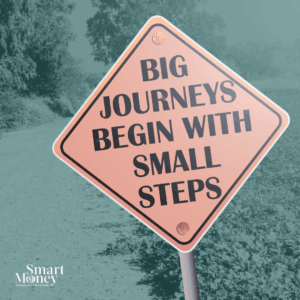You’re earning a good income. The money is coming in. But somehow, things still feel tight—or worse, out of control.
If that sounds familiar, you’re not alone. The missing piece might be spending with intention—a mindset shift that helps your money reflect your values.
Many people feel frustrated, overwhelmed, and unsure why they can’t seem to make real progress with their finances. They have a solid income, but their bank account doesn’t reflect it. It’s a confusing and exhausting place to be.
Why More Money Isn’t Always the Solution
The truth is, “we’ll figure it out later” isn’t a financial plan. It’s a mindset rooted in hope—hoping the money will be there, hoping things work out in the end.
I wrote more about this mindset here, if you missed it.
But hope alone can’t carry a financial plan.
Clarity can. And so can intention.
One of the biggest shifts I see in my clients is this:
They stop reacting to money and start deciding what they want their money to do for them.
Most people are used to managing money in a reactive way—responding to bills, spending when something comes up, and trying to make it all work by the end of the month.
Spending with Intention Means Spending in Line with Your Values
Intentional spending flips that dynamic.
It means making decisions before the money even hits your account, based on what truly matters to you.
When you spend with intention, you’re not just planning ahead—you’re making sure your money reflects your values. Whether it’s family, freedom, security, or generosity, your spending should support what matters most to you.
It’s not about being strict or cutting out everything fun.
It’s about using your money with purpose—so you can stop feeling stretched, stressed, or stuck, and start feeling in control again.
What Spending with Intention Can Look Like in Real Life
-
A couple mapping out their paychecks before the month begins so they aren’t scrambling to cover bills mid-month
-
Parents deciding to skip a vacation so they can pay off a credit card and breathe easier next month
-
A business owner putting herself on payroll—finally—so she can stop guessing what she can afford personally
Intentional spending looks different for everyone.
For one person, it might be travel. For someone else, it might be staying home with their kids or finally paying off debt.
There’s no right answer—just your answer.
When you’re clear on what matters most, it gets easier to say no to what doesn’t align—and say yes, confidently, to what does.
Why Your Income Isn’t Translating to Progress
So many people I talk to have good incomes but feel like they’re spinning their wheels. The money is coming in, but it’s not doing what they hoped it would. That’s what happens when spending and values are out of sync.
If you’ve never asked yourself, “What do I want my money to do for me?”—now is a great time to start.
You don’t need a perfect budget to get on track.
You just need a plan—and a habit of spending with intention—that reflects who you are, what you care about, and where you want to go.
That kind of plan starts with identifying your values—and using them to guide every financial decision, from the everyday to the long term.
Next Steps: Create a Plan That Actually Works
And if you’re not sure how to figure that out on your own, that’s okay. That’s exactly what I help my clients do—get clear, make a plan, and start using their money in a way that actually works.
If you’re ready for that kind of clarity and change, I’d love to help you get there.
👉 Schedule a complimentary call to explore what working together could look like.








